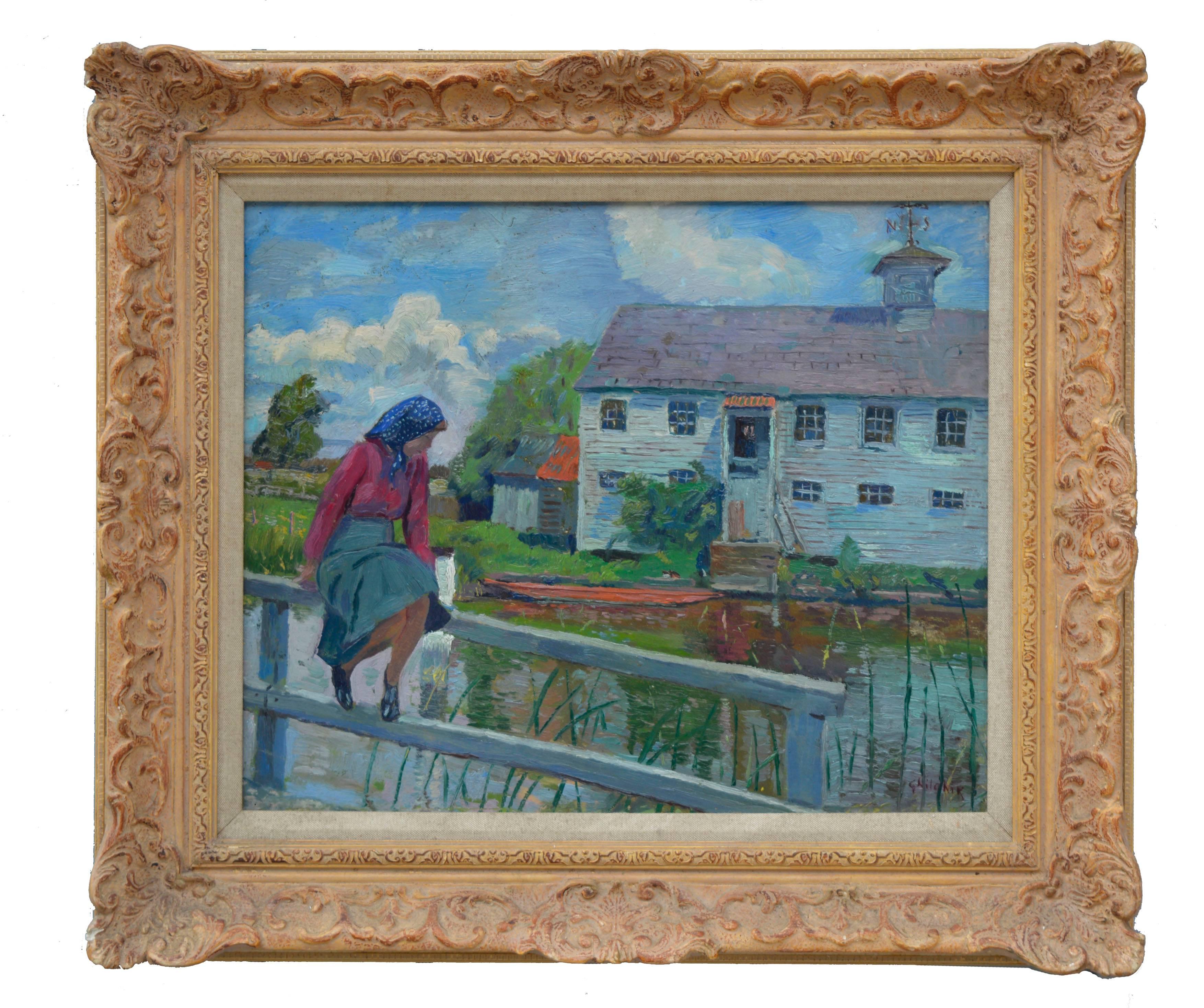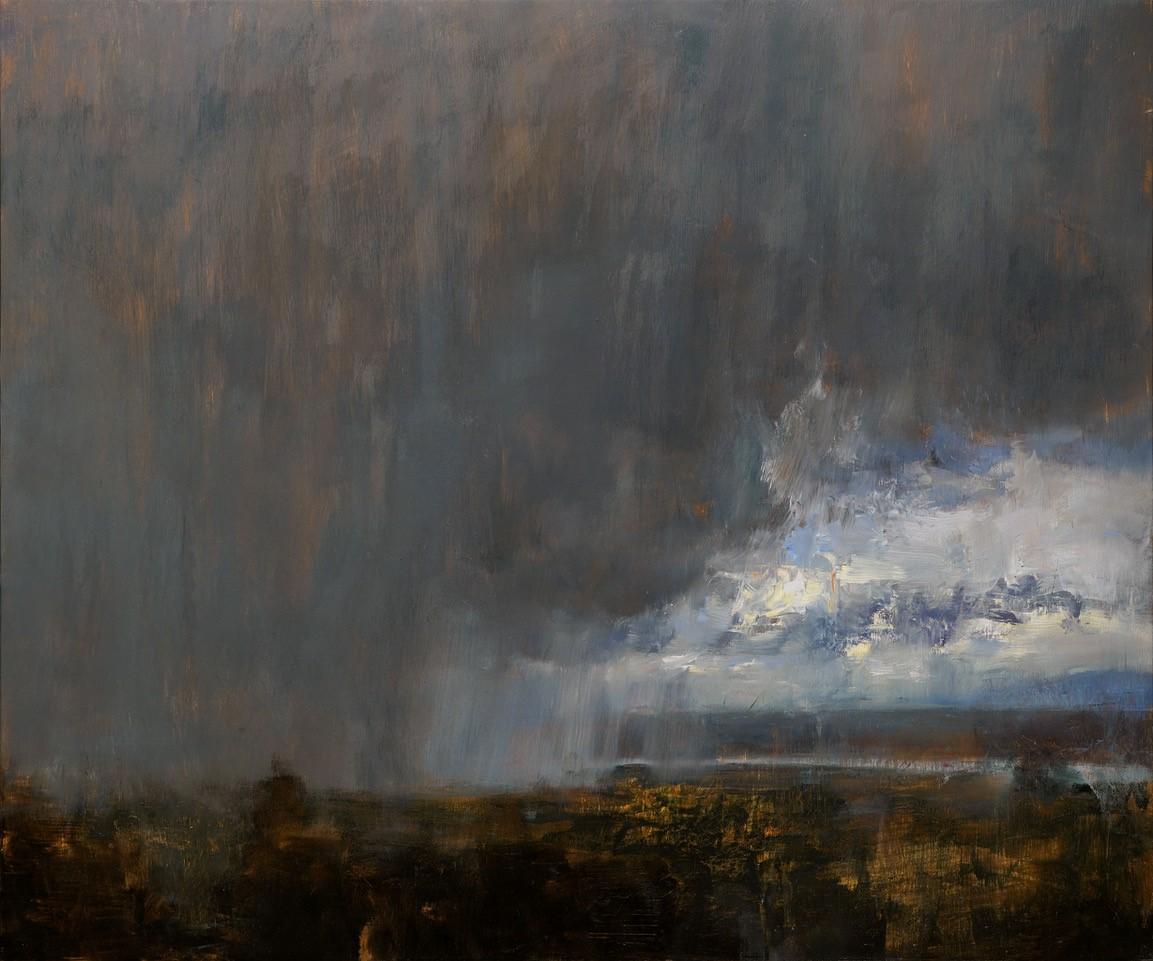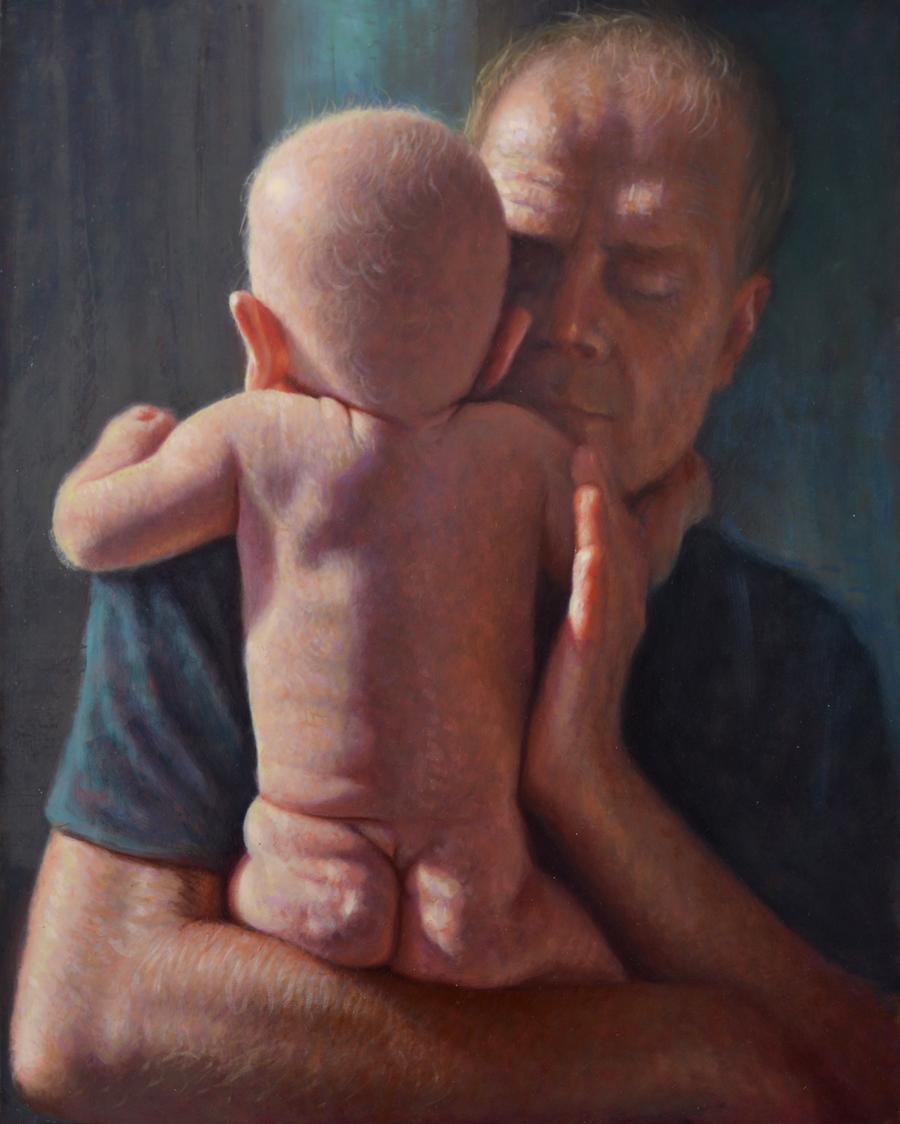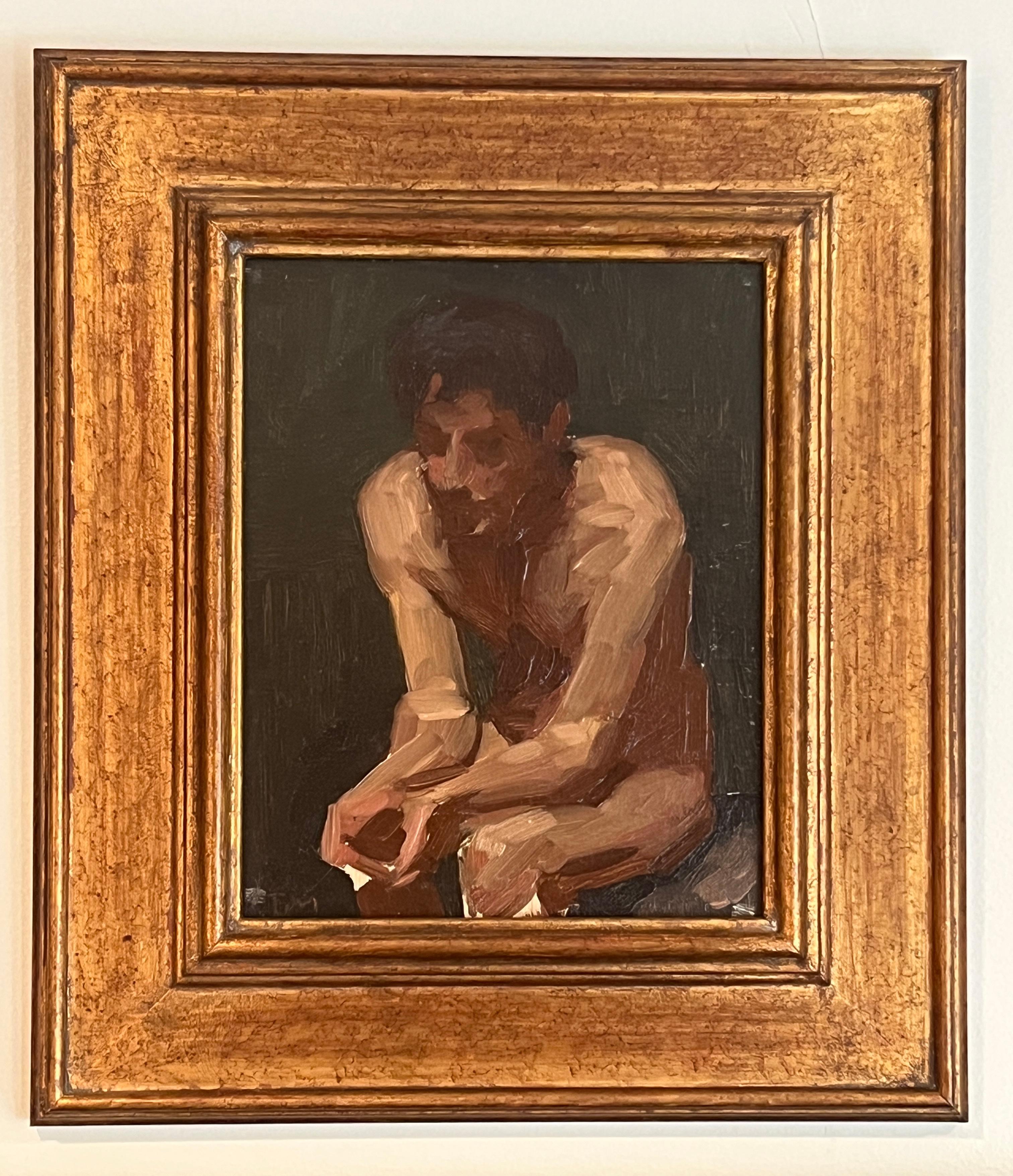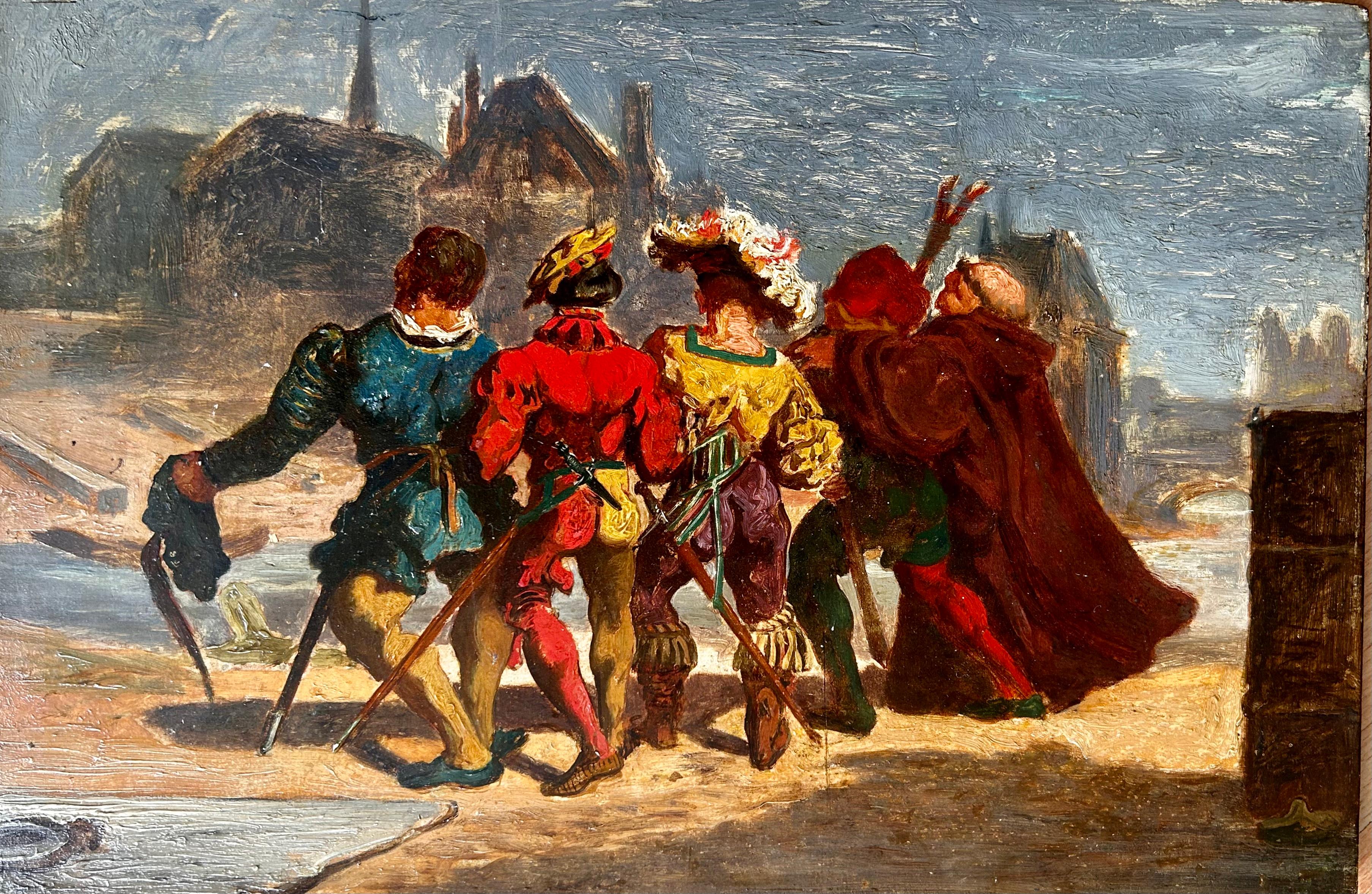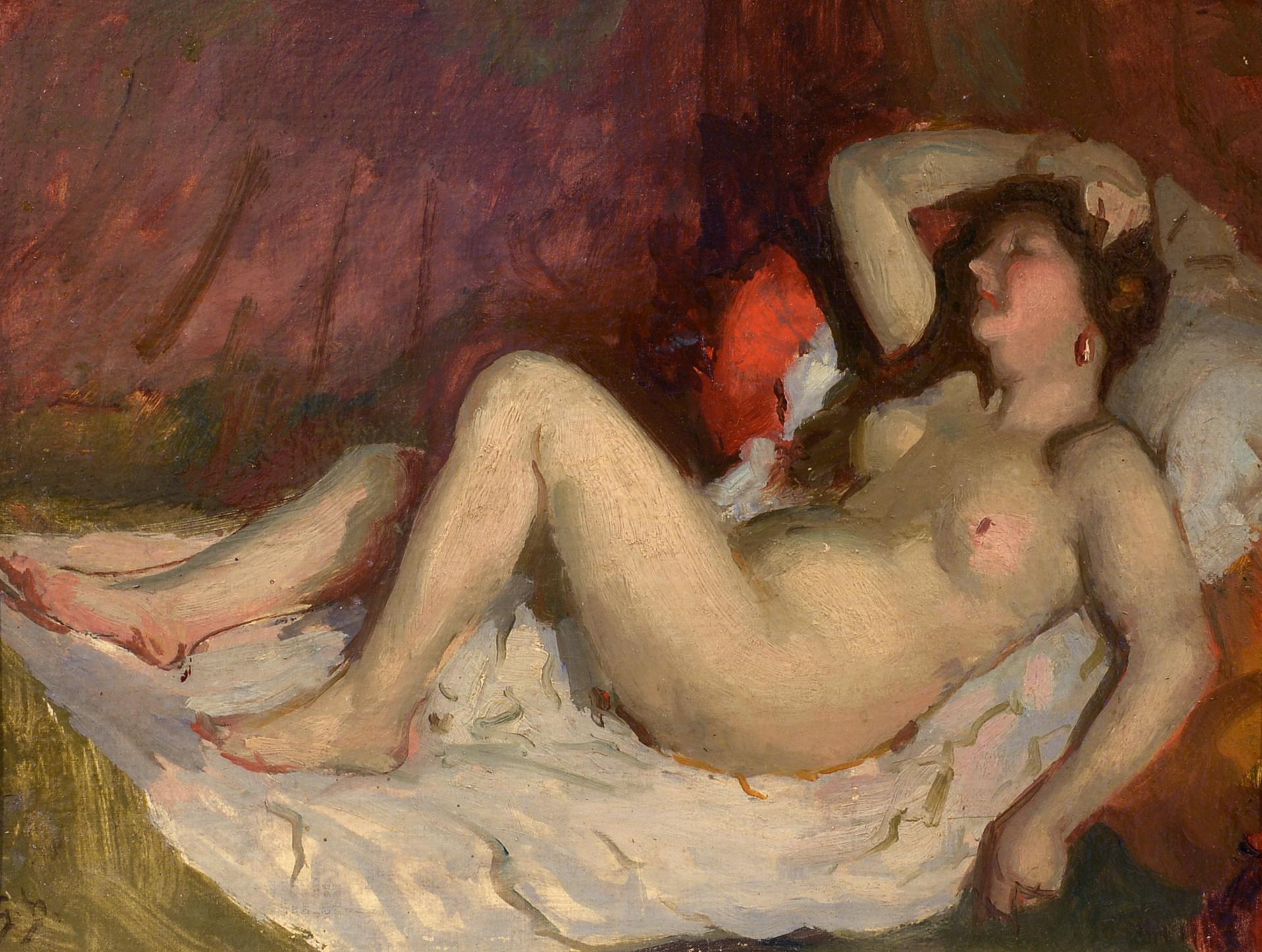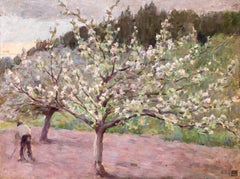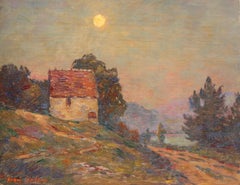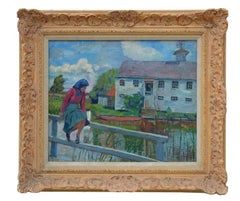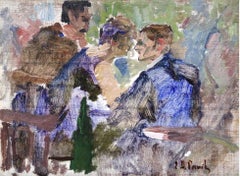
In the Cafe
View Similar Items
Want more images or videos?
Request additional images or videos from the seller
1 of 2
Elie Anatole PavilIn the Cafec. 1920
c. 1920
About the Item
- Creator:Elie Anatole Pavil (1873-1948, French)
- Creation Year:c. 1920
- Dimensions:Height: 6.5 in (16.51 cm)Width: 9 in (22.86 cm)
- Medium:
- Movement & Style:
- Period:
- Condition:Very good condition.
- Gallery Location:Marlow, GB
- Reference Number:1stDibs: LU41532548013
About the Seller
5.0
Platinum Seller
These expertly vetted sellers are 1stDibs' most experienced sellers and are rated highest by our customers.
Established in 2001
1stDibs seller since 2016
671 sales on 1stDibs
Typical response time: 3 hours
More From This SellerView All
- Coucher de Soleil sur la Montagne - 19th Century Oil, Mountain Landscape - DuhemBy Henri DuhemLocated in Marlow, BuckinghamshireOil on panel by Henri Duhem depicting an elegant woman walking by trees in a landscape with the colours of the setting sun reflecting from the mountains beyond. Signed lower right an...Category
1920s Impressionist Landscape Paintings
MaterialsPanel, Oil
- Paysan dans un verger - Impressionist Oil, Spring Landscape by Henri Le SidanerBy Henri Le SidanerLocated in Marlow, BuckinghamshireSigned and dated oil on panel figure in landscape by sought after impressionist painter Henri Le Sidaner. The work depicts a farmer walking beneath blossom trees in an orchard in spr...Category
1890s Impressionist Landscape Paintings
MaterialsPanel, Oil
- Lac De Geneve - French Impressionist Oil, Night Landscape by Henri DuhemBy Henri DuhemLocated in Marlow, BuckinghamshireSigned and dated impressionist landscape oil on panel by French painter Henri Duhem. This beautiful piece depicts a view of a cottage beside a path that runs along the bank of Lake Geneva in Switzerland. A full moon illuminates the sky overhead. Signature: Signed lower left and dated 1919 verso Dimensions: Unframed: 7.5"x9.5" This painting is not currently framed but a suitable frame can be sourced if required Provenance: The artist's estate Henri Duhem was descended from an old Flemish family and originally practiced as a lawyer. In 1887, his passion for drawing and watercolors finally led him to go to Paris and enroll in the drawing classes of Henri Harpignies. While there, he became friends with Émile...Category
1910s Impressionist Landscape Paintings
MaterialsPanel, Oil
- Woman on a Bridge - Impressionist Oil, Figure in Landscape by Henri DuhemBy Henri DuhemLocated in Marlow, BuckinghamshireSigned figure in landscape oil on canvas by French painter Henri Duhem. Signature: Signed lower left Dimensions: Unframed: 6.5"x8.5" This painting is not currently framed but a suitable frame can be sourced if required Henri Duhem was descended from an old Flemish family and originally practiced as a lawyer. In 1887, his passion for drawing and watercolors finally led him to go to Paris and enroll in the drawing classes of Henri Harpignies. While there, he became friends with Émile Breton...Category
1920s Impressionist Landscape Paintings
MaterialsOil, Panel
- L'embarquement de boeufs - Impressionist Oil, Cattle by Jean Francois RaffaelliBy Jean-Francois RaffaelliLocated in Marlow, BuckinghamshireWonderful signed oil on panel cattle and figures in landscape by French impressionist painter Jean-Francois Raffaelli. The work depicts oxen being loaded onto ships in Honfleur, France en route to England. Signature: Signed lower right Dimensions: Framed: 18"x16" Unframed: 9"x8" Provenance: Exhibition Jean Francois Raffaélli held at Galerie Simonson, 19 Rue Caumartin Paris - October 1929 (number 44) Jean-François Raffaëlli's father was a failed Italian businessman and Raffaëlli himself was, among other things, a church chorister, actor and theatre singer. He then studied under Gérôme at the École des Beaux-Arts in Paris. He travelled to Italy, Spain and Algeria and on his return to France settled in Asnières. In 1876, on a trip to Brittany, he first saw the potential of realist subject matter, if treated seriously. He became involved in meetings of artists at the Café Guerbois, where the Impressionist painters used to gather. As a result, Degas, contrary to the advice of the group, introduced Raffaëlli to the Impressionist exhibitions - according to one uncertain source as early as the very first exhibition, at the home of Nadar, and certainly to those of 1880 and 1881. In 1904, Raffaëlli founded the Society for Original Colour Engraving. He first exhibited at the Salon de Paris in 1870 and continued to exhibit there until he joined the Salon des Artistes Français in 1881, where he earned a commendation in 1885, was made Chevalier of the Légion d'Honneur in 1889 and in the same year was awarded a gold medal at the Exposition Universelle. In 1906 he was made Officier of the Légion d'Honneur. He was also a member of the Société Nationale des Beaux-Arts. In 1884, a private exhibition of his work cemented his reputation. He contributed to several newspapers such as The Black Cat (Le Chat Noir) in 1885 and The French Mail (Le Courrier Français) in 1886 and 1887. He published a collection entitled Parisian Characters, which captured his favourite themes of the street, the neighbourhood and local people going about their lives. In 1880 he participated, with Forain, on the illustration of Joris Karl Huysmans' Parisian Sketches (Croquis Parisiens). He also illustrated Huysman's Works. As well as working as an illustrator, he also made etchings and coloured dry-points. His early attempts at painting were genre scenes, but once he was settled in Asnières he started to paint picturesque views of Parisian suburbs. From 1879 onwards, his subject matter drew on the lives of local people. These popular themes, which he treated with humanity and a social conscience, brought him to the attention of the social realist writers of the time such as Émile Zola. In addition to his realist style, Raffaëlli's dark palette, which ran contrary to the Impressionist aesthethic, helped to explain the opposition of those painters to his participation in their exhibitions. More concerned with drawing than colour, he used black and white for most of his paintings. Towards the end of his life, he lightened his palette, but without adopting any other principles of the Impressionist technique. After painting several portraits, including Edmond de Goncourt and Georges Clémenceau, he returned to genre painting, particularly scenes of bourgeois life. Later in his career, he painted mainly Breton-inspired sailors and views of Venice. His views of the Paris slums and the fortifications, sites which have almost completely disappeared, went some way towards establishing a genre in themselves and perpetuated the memory of the area: The Slums, Rag-and-Bone Man, Vagabond, Sandpit, In St-Denis, Area of Fortifications. His realistic and witty portrayal of typical Parisian townscapes accounts for his enduring appeal. Born in Paris, he was of Tuscan descent through his paternal grandparents. He showed an interest in music and theatre before becoming a painter in 1870. One of his landscape paintings was accepted for exhibition at the Salon in that same year. In October 1871 he began three months of study under Jean-Léon Gérôme at the École des Beaux-Arts in Paris; he had no other formal training. Raffaëlli produced primarily costume pictures until 1876, when he began to depict the people of his time—particularly peasants, workers, and ragpickers seen in the suburbs of Paris—in a realistic style. His new work was championed by influential critics such as J.-K. Huysmans, as well as by Edgar Degas. The ragpicker became for Raffaëlli a symbol of the alienation of the individual in modern society. Art historian Barbara S. Fields has written of Raffaëlli's interest in the positivist philosophy of Hippolyte-Adolphe Taine, which led him to articulate a theory of realism that he christened caractérisme. He hoped to set himself apart from those unthinking, so-called realist artists whose art provided the viewer with only a literal depiction of nature. His careful observation of man in his milieu paralleled the anti-aesthetic, anti-romantic approach of the literary Naturalists, such as Zola and Huysmans. Degas invited Raffaëlli to participate in the Impressionist exhibitions of 1880 and 1881, an action that bitterly divided the group; not only was Raffaëlli not an Impressionist, but he threatened to dominate the 1880 exhibition with his outsized display of 37 works. Monet, resentful of Degas's insistence on expanding the Impressionist exhibitions by including several realists, chose not to exhibit, complaining, "The little chapel has become a commonplace school which opens its doors to the first dauber to come along."An example of Raffaëlli's work from this period is Les buveurs d'absinthe (1881, in the California Palace of Legion of Honor Art Museum in San Francisco). Originally titled Les déclassés, the painting was widely praised at the 1881 exhibit. After winning the Légion d'honneur in 1889, Raffaëlli shifted his attention from the suburbs of Paris to city itself, and the street scenes that resulted were well received by the public and the critics. He made a number of sculptures, but these are known today only through photographs.[2] His work was also part of the painting event in the art competition at the 1912 Summer Olympics. In the later years of his life, he concentrated on color printmaking. Raffaëlli died in Paris on February 11, 1924 Museum and Gallery Holdings: Béziers: Peasants Going to Town Bordeaux: Bohemians at a Café Boston: Notre-Dame; Return from the Market Brussels: Chevet of Notre-Dame; pastel Bucharest (Muz. National de Arta al României): Market at Antibes; Pied-à-terre Copenhagen: Fishermen on the Beach Douai: Return from the Market; Blacksmiths Liège: Absinthe Drinker...Category
1880s Impressionist Animal Paintings
MaterialsOil, Panel
- Canal a Douai - French Impressionist Oil, River Landscape by Henri DuhemBy Henri DuhemLocated in Marlow, BuckinghamshireBeautiful signed and dated impressionist oil on panel riverscape by French painter Henri Duhem. The work depicts a barge on the canal in Douai while a couple enjoy a summer's day str...Category
1910s Impressionist Landscape Paintings
MaterialsPanel, Oil
You May Also Like
- Field of Flight, oil/board, Cuban-American Artist, Collected by MuseumsBy Reynier LlanesLocated in Houston, TXField of Flight is a 5.5 x 8 " oil painting by Cuban-American artist Reynier Llanes who lives in Miami. It is framed. It is oil painted on a wood panel . Felid of Flight floats in the frame. His background is unique in style , subject matter, and medium. The artist says this about Field of Flight The characters in my paintings emerge from stories and their journeys are inspired by my own experiences and daily routines. My inspiration comes from literature, music, cinema, and daily life. My daily routine enables me to meditate and use my creativity to serve these stories and inspirations. I begin my mornings with sketches and watercolors. This is the time I use to keep inventory of my ideas and to allow them to further inspire me. Many of these characters have been depicted in my work before, whether in a different geographical location or in a different state of their physical evolution. I use a variety of mediums in my work including oils, watercolors, coffee, and charcoal. They are all equally important to me as they allow me full expression, each in its’ own sector. I use a great deal of symbolism in my art to give depth to the subjects that I wish to express. I want my art to tell a story in a manner that stimulates the imaginations of others, especially of things never seen or expressed directly. As an observer it is clear to see that we are all in pursuit of life’s mission of working, loving, and belonging. I begin my paintings by building layers of textures and color values, and then subtly add dimension and depth. Through the use of colors and highlighting I am able to enhance the atmosphere with mood, character, depth and mystery, and bring special attention to my subjects. It is the creative process of using these materials and methods that feed my soul, life, and being. I believe it is our mission as intellectuals to have a voice in our society, for our work to have a footprint in history, and to be a reference for future generations. BIO: Reynier Llanes was born in Pinar del Rio, Cuba in 1985. He attended the city’s school of art (Instructores de Arte) for four years and completed his studies in 2004. Llanes was tutored by one of the country’s most recognized realist artists, Juan Miguel Suárez. In 2005 he moved to Havana where he continued his studies and collaborated with various artists. The capital was a thriving mecca of art and culture and the museums the grounds for inspiration. In 2007 LIanes availed himself of an opportunity to emigrate from Cuba and moved to the United States, first settling in Naples, FL. In Naples he began to introduce his work in a major exhibition entitled “Strange Visitor” at the Kapo Maestro Gallery. In 2009 he relocated to Charleston, SC where he had the honor of being granted an artist in residency at the Jonathan Green Studios. Llanes was awarded a "first purchase award" for a piece now in the art collection of the city of Charleston 2011 at Moja Art Festival Juried Exhibition Award. In 2012 Oxford America recognized him as one of the "New Superstars of Southern Art." The art of Reynier was nourished by the rich southern culture and he began to collaborate with various museums and art centers. His work was featured in a traveling exhibition The Vibrant Vision Collection at the Morris Museum in Augusta, GA and the Gibbes Museum of Art in Charleston, SC. Llanes is also an avid art collector in his own right, focusing on works by artists from Cuba, and particularly those from his native province of Pinar del Río. A selection of works from his collection was exhibited at City Gallery in Charleston in 2013 and in the Art Museum in Myrtle Beach in 2015. In 2015 Llanes relocated with his family to Miami in order to take advantage of the city’s international art market and vibrant cultural life and to be closer to his home country. South Florida is, of course, home to a large community of intellectuals, collectors, and fellow artists who have welcomed Llanes into their cosmopolitan scene. His first solo exhibition in Miami took place at Miami Dade College West, this exhibition was entitled “Preserving Cultural Heritage” and it featured a large collection of coffee paintings. In 2017 he met Bill Meek...Category
2010s American Impressionist Figurative Paintings
MaterialsWood Panel, Oil
- Quiet Afternoon in Cotswold Village - Mid Century Figurative LandscapeBy David L. GhilchikLocated in Soquel, CABeautiful mid century figurative landscape of a contemplative woman in Cotswold village, England by David L. Ghilchik (b. 1892 Romania; d. 1972 London), c.1945. Signed lower right "Ghilchik." Presented in rustic wood frame. Image measures: 14.5"H x 17.5"W. With frame, measures: 21"H x 25"W x 2"D. David Louis Ghilchik was a painter, and cartoonist for Punch Magazine and the Daily Sketch. He was the son of Abraham Josef Ghilchik, who traded in lace and linen, and his wife Sali. The family settled in Salford in 1920, where David enrolled at the Manchester School of Art and studied under Adolphe Valette...Category
1940s Impressionist Figurative Paintings
MaterialsOil, Wood Panel
$2,800 Sale Price20% Off - Edgar's Cattle, Portrait Cuban Artist, Museums and International Collectors.By Reynier LlanesLocated in Houston, TXEdgar's Cattle is an 7 x 10 " painting by Cuban-American artist Reynier Llanes who lives in Miami. it is framed and with the frame it is 11 x 14 x 2. It is oil painted on a wood p...Category
2010s American Impressionist Portrait Paintings
MaterialsWood Panel, Oil
- "Columbia Rain" Oil PaintingLocated in Denver, COScott Conary's "Break" is an original, handmade oil painting that depicts light breaking through storm clouds. About the Artist: Raised where the East Coast suburbs filtered into t...Category
2010s American Impressionist Landscape Paintings
MaterialsPanel, Oil
- Looking outsideBy Francien KriegLocated in PUIFLIJK, NLFrancien Krieg, a contemporary Dutch artist, gives a new dimension to figurative painting with her penetrating and unfiltered portraits. Krieg, who received her art education at the ...Category
2010s Impressionist Figurative Paintings
MaterialsOil, Wood Panel
- Next generationsBy Francien KriegLocated in PUIFLIJK, NLFrancien Krieg, a contemporary Dutch artist, gives a new dimension to figurative painting with her penetrating and unfiltered portraits. Krieg, who received her art education at the ...Category
2010s Impressionist Figurative Paintings
MaterialsOil, Wood Panel


